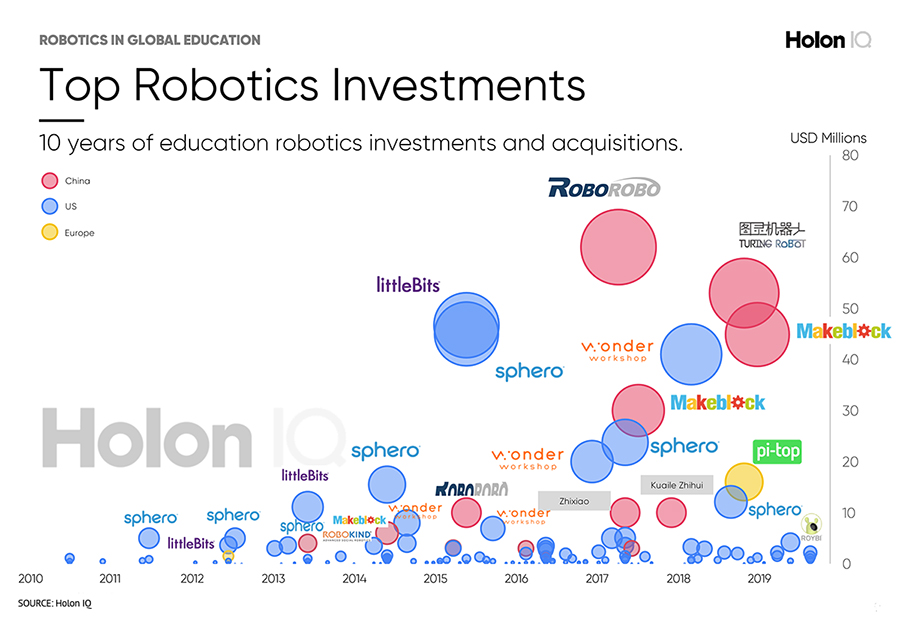I like the definition from Wikipedia of educational robotics: "... a subdiscipline of robotics, applied to the educational field that focuses on the design, analysis, application and operation of robots. It can be taught in all educational levels, from kindergarten and primary education to postgraduate. "
However, it goes much further than creating robots and programming them, also encouraging humanistic cohesion in the group, what is so often forgotten when we talk about technology.
Many times this educational training can be complemented with other competitions between teams, from the same center, from other centers or independent teams, organized well by educational centers, companies or other institutions, in order to promote STEM talent (science, technology, engineering and mathematics) and identify innovative solutions in the field of robotics.
Educational robotics empower in the students, future researchers and business people, a series of competencies, awakening in many cases relevant vocations.
Fortunately, educational robotics is taken seriously in many developed countries, being part not only of curricular programs of educational centers, but also of extra curricular training offers (training centers, academies, etc.).
Also it is clearly a business, as the $1.3 billion international robotics education market in 2019 is set to grow to $3.1 billion by 2025, according to findings by market research firm HolonIQ
Also it is clearly a business, as the $1.3 billion international robotics education market in 2019 is set to grow to $3.1 billion by 2025, according to findings by market research firm HolonIQ
 |
| Source: HolonIQ |
As Vicepresident of HISPAROB, Spanish technological platform for robotics, I have to say that we take educational robotics very seriously, as a way to empower talent and scientific-technological knowledge in current and future generations. Among our theme clusters, we have one about Educational Robotics, formed by 26 entities (manufacturers, distributors, training centers, etc.) highly active, seeking collaboration and cohesion of efforts so that robotics reaches not only the brain, but also to the soul of people. That is why at HISPAROB we are greatly grateful for the effort of this group, a reference in Spain and we encourage other groups and teams worldwide to continue helping robotics to reach the people with passion.

No comments:
Post a Comment